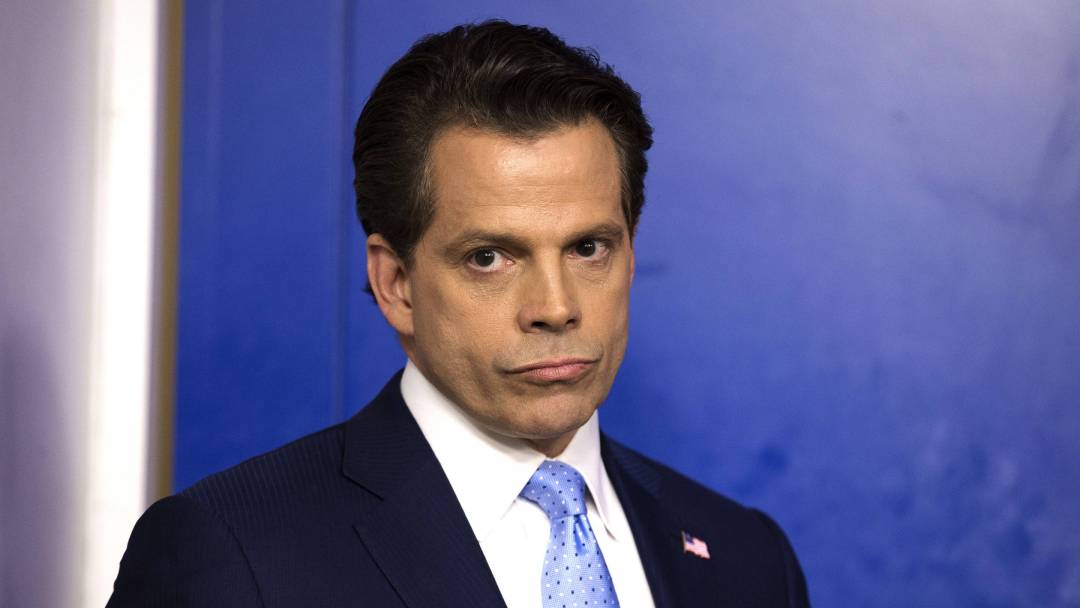
Is Solar Power Actually Accessible for Everyone?
Playboy explores America's complex history with solar power and its unpredictable future
On June 20, 1979 President Jimmy Carter held a press conference promoting the recently installed solar panels at the White House. His speech proved to be poignant: “A generation from now, this solar heater can either be a curiosity, a museum piece, an example of a road not taken or it can be just a small part of one of the greatest and most exciting adventures ever undertaken by the American people.” Two years later, President Ronald Reagan ordered the removal of the panels. His Chief of Staff reportedly thought of them as a “joke.” Nearly four decades after Carter’s press conference, the solar power industry may have finally caught up to his vision. But there are still barriers. Now that prices have plummeted, has solar power finally become more accessible for lower-income people?
Solar power technology has existed for more than six decades. In 1954, Bell Labs scientists built the first solar cell. Ten years later, NASA further developed the technology and made it more efficient. But it only began gaining prominence as a potential alternative to fossil fuels during the 1970s energy crisis. Solar panels are made up of semi-conduction materials like silicon that when exposed to light from the sun, produce electricity through electrons swirling around. The appeal of this technology is that it’s potentially egalitarian; the sun looms above us all. Some areas might be sunnier than others, but, ultimately, this could represent a radical democratization of energy. Carter’s embrace of solar power was a response to an energy crisis that arose from a conflict in the Middle-East. A coup d’etat, spontaneous war, or international scandal can result in a spike in oil prices, leaving the working class to suffer for decisions made thousands of miles away. In theory, a country exclusively using solar, wind, and hydro-power wouldn’t have to rely on slippery geopolitical alliances and harmful fossil fuels for energy.
Dr. Daniel Cohan, an associate professor of environmental engineering at Rice University, claims that “solar is far more accessible than most Americans realize.” He says that when it comes to building new electricity systems, alternative energy sources are becoming significantly cheaper than natural gas options. The down slope in pricing, he stresses, is a recent development that’s only taken place between the last five to ten years. "When I started teaching my energy course at Rice back in 2007, solar was prohibitively expensive unless you wanted to show your green credentials and spend a few times more than everyone else," he tells Playboy. "But the price has fallen by 85 percent since then.” Like many industry experts, Cohan measure prices through the “levelized costs of electricity” which “converts upfront costs into a payment over time.” The unit of measurement is cents per kilowatt-hour. And now, solar can be as low as 5 cents per kilowatt-hour. Before solar was so cheap, the expensive cost of producing panels were driving up prices, but thanks to Chinese manufacturers, panels and the price of silicon has decreased, panels are much more affordable. Still, there are plenty of unnecessary expenses that have yet to be altered. For example, marketing expenses and cost for laborers, according to Cohan, are blamed for the high cost of rooftop solar.
Solar is far more accessible than most Americans realize.
Though the United States hasn’t been able to compete with China’s cheap, semi-automated manufacturing, solar is still a significant part of the energy sector that is responsible for over 260,100 jobs. In 2006, Congress passed a law allowing homeowners to get back 30 percent off of the costs of solar panel installations on their taxes. Known as the Investment Tax Credit (ITC), this policy was extended in 2015 with a gradual sunsetting set to happen in the early 2020s which will bring it down to 10 percent. Install costs range from $10,000 to $25,000 so on the surface, this type of policy might seem only beneficial for people who have the cash to pay for installs. However, that’s not always the case. Despite being hefty, Cohan says that homeowners can take out loans that can be paid over time and argues that within a five-year span, it can prove to be financially beneficial. Cohan acknowledges that getting loans depends on having a good credit rating. In addition, this kind of policy fundamentally favors wealthy people because “the rich tend to own their homes, if you don’t own a home, you can’t do this.” But homeowners making the switch to alternative energy is only one part of the story.
Glen Davis, a corporate advisor in the renewable energy industry, notes that unlike wealthy people, lower-income individuals don’t necessarily have space to install their own panels. According to Davis, a “pathway” for everyone else can be community solar programs which lets people buy into a group grid powered by a solar farm. These programs are fantastic for renters with no legal authority over their roofs or homeowners whose properties lack enough sunlight. While 42 states have one program, 19 states and Washington D.C. have instituted policies promoting them. In a report about programs in New York City, Mothers Jones concluded that “with the right incentives, community solar can lower utility bills and give communities control over how they produce and consume energy.” Davis echoes this optimism and also foresees a future where utility companies may find it cheaper to just use renewable energy.
More Stories Like This

The Playboy Philosophy: Conservation & Environmentalism
Cooper Hefner, Playboy's chief creative officer, reexamines our 1983 interview with Ansel Adams

The New Frontier of Ecosexuality: An Erotic Guide to the Eco-friendly Bedroom
A step-by-step guide to getting eco-friendly with your partner.

What Will Make Car Buyers Care About the Environment?
Global warming is apparent, but consumers are slow to act

What "Cli-Fi" Gets Right About Our Environmental Doomsday
A new study emphasizes potential threats caused by a mere two degrees of global warming
General ignorance has already resulted in policies that make the technology more expensive. As part of his protectionist trade war against China, President Donald J. Trump ordered tariffs on foreign-made solar panels last January. Blake Jones, the founder of Namasté Solar, says that these tariffs have had a “negative impact” on his business and at best will be responsible for “saving or creating a few hundred solar manufacturing jobs” while raising the prices for customers and cutting about 10,000 jobs. Cohan agrees, arguing that Trump’s decision illustrates a misunderstanding of how the industry actually works. Since panels are made in highly automated factories, most jobs come from installing. There’s barely any potential for growth in production. Meanwhile, existing jobs are being negatively impacted by higher priced panels. Despite these tariffs, the industry is gaining momentum.
In May, a few months after Trump instituted counterproductive tariffs, California became a paradigm for making solar power more widespread. The California Energy Commission voted to require solar panels on all new buildings starting in 2020. According to Cohan, this policy could potentially drive down costs by increasing demand and promoting large-scale projects. On top of that, in September, Governor Jerry Brown signed a legislation that puts California on the path of getting 100% of its electricity from green sources by 2045. These ambitious mandates can prove to be models for the rest of the country. In regards to making solar more accessible, Jones listed numerous ideas: more community programs, reducing “unreasonable red tape” that prevents communities from making the switch, cutting out subsidies for nuclear, coal, and gas, and improving Property Assessed Clean Energy (PACE) programs. What’s standing in the way of these ideas coming to fruition is a lack of policy on the federal level.
Among environmentalists, the tragic fate of President Carter’s solar panels is an anecdote that speaks to the importance of leadership. Although solar panels are cheaper and more readily available than ever, it will ultimately be up to politicians to institute aggressive policies and perhaps, emulate Carter by doing over-the-top, educational gestures to spread awareness. Whether it’s wildfires in California or hurricanes in Florida, Texas, and Puerto Rico, recent events underscore the urgency of combating global warming. Despite these dire headlines, there are plenty of reasons to be optimistic. The 2018 midterm elections ushered in new leaders advocating for bold legislation to tackle climate change. Making solar power more accessible will merely be one part of a multipronged strategy to avert disaster.






